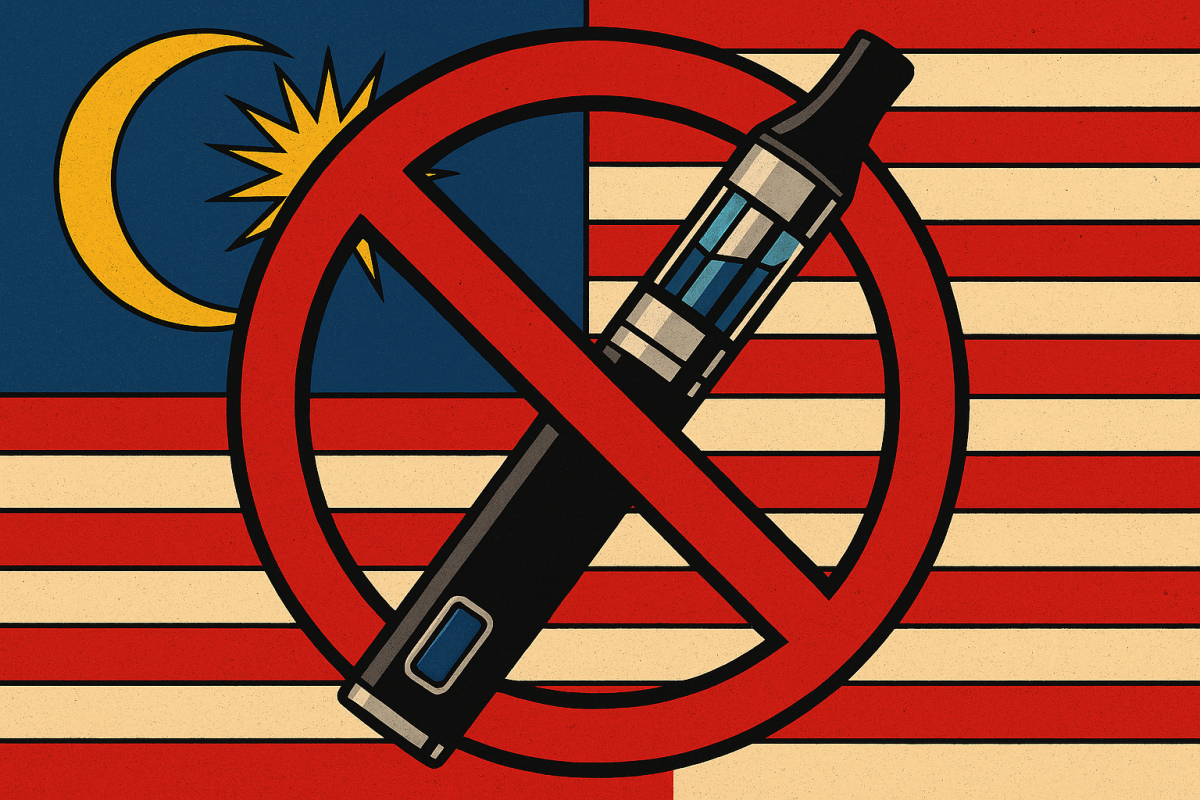Canada is set to become the first country in the world to require warning labels on individual cigarettes starting this Tuesday. The move is part of an effort to deter smokers and prevent potential new smokers from picking up the habit. The warning labels, written in both English and French, will range from messages about harming children and damaging organs to causing impotence and leukemia. The labels are expected to prompt discussion among smokers and provide new information that may encourage some to quit. Dozens of studies have shown the effectiveness of printing warnings directly on cigarettes.
Tobacco use remains one of Canada's most significant public health issues and is the leading preventable cause of disease and premature death in the country. Tobacco advertising, promotion, and sponsorship have been banned since 1972, and pictorial warnings on cigarette packages have been required since 2001. More than 130 countries have implemented similar measures.
Not all smokers view the escalating warnings favorably, with some believing that higher taxes would be a more effective deterrent. However, organizations funded by tobacco companies have opposed stronger messaging, arguing that it could benefit the black market. Advocacy groups, including the Canadian Cancer Society, are calling for a comprehensive strategy that includes increased taxation, legislation, and programming to reduce smoking rates. Health Canada's goal is to have less than five percent of the population aged 15 and over smoking by 2035.
Beginning in July 2024, king-size cigarettes will be the first to feature the warning labels, followed by regular-size cigarettes and little cigars by April 2025. The labels are part of a broader effort to combat smoking rates in the country. Provinces are also seeking $500 billion in damages from three major tobacco companies to recoup healthcare costs, with at least 10 percent of any settlement funds going towards smoking cessation efforts.
This document has been generated through artificial intelligence translation and is provided solely for the purposes of industry discourse and learning. Please note that the intellectual property rights of the content belong to the original media source or author. Owing to certain limitations in the translation process, there may be discrepancies between the translated text and the original content. We recommend referring to the original source for complete accuracy. In case of any inaccuracies, we invite you to reach out to us with corrections. If you believe any content has infringed upon your rights, please contact us immediately for its removal.






